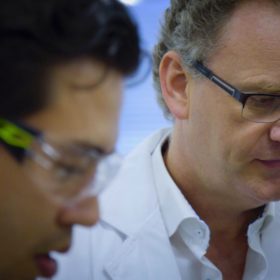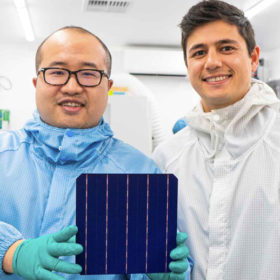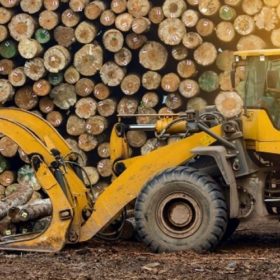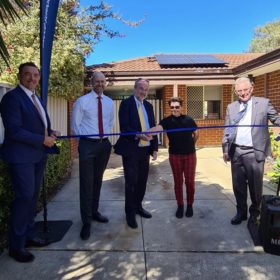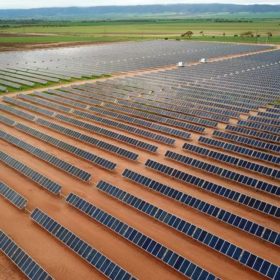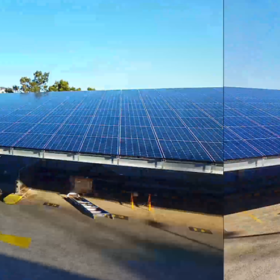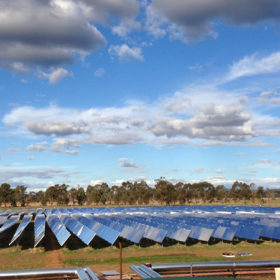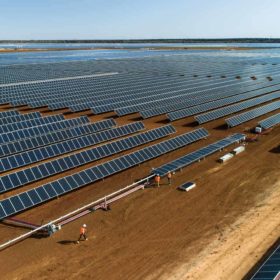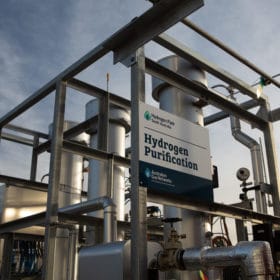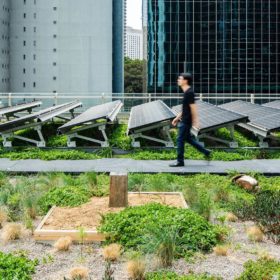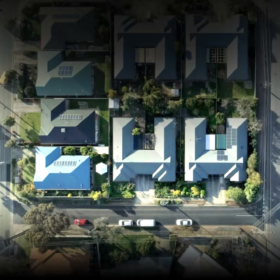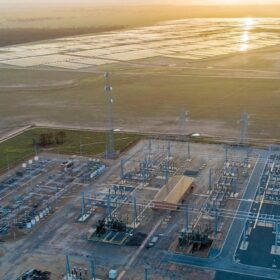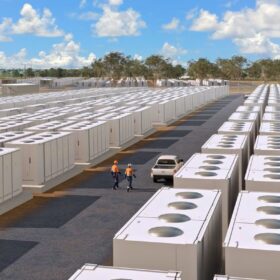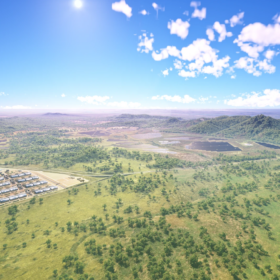How zinc-bromide innovators Gelion found a way to cheaply manufacturer batteries in Australia
Sydney-founded battery company Gelion Technolgies today announced its partnership with lead-acid battery manufacturer Battery Energy Power Solutions. The news reflects a significant adjustment of the company’s battery design and business strategy, which is seeking to leverage industry shifts.
Australian start-up sets 25.54% efficiency record for silicon cell
Australian start-up SunDrive has created the most effective commercial-sized silicon solar cell in the world, achieving an efficiency figure of 25.54% in testing carried out by the Institute for Solar Energy Research in Germany.
Wood-fed hydrogen plant proposed for NSW in $15 million Singapore deal
Plans to create hydrogen by burning wood have swollen in New South Wales’ Hunter Valley, after sawmill offshoot, Sweetman Renewables, yesterday announced a $15 million deal with Singapore’s CAC-H₂ to construct the country’s largest wood-fed hydrogen production plant.
Low-income tenants get relief in Australia’s big public-housing solar retrofit — latest evidence from WA
For a small infrastructure investment in rooftop solar systems, state governments can make a material difference to the lives of social housing tenants, and further their net-zero ambitions. Western Australia reports another win-win.
Solar farms purchase advances MPower’s own+operate ambitions
Renewable energy developer MPower is progressing plans to establish a portfolio of up to 20 small-scale solar PV farms in Australia, confirming binding purchase agreements have been signed for two 5 MW project sites.
Solar carpark now powering Wollongong’s council
Wollongong council’s administration building is now being powered, at least partially, through a 200 kWp+ solar carpark.
Explaining the $16.5 million write-down of Genex’s Jemalong Solar Project
Genex Power’s latest annual report makes inspiring reading, with its plans for repurposing of the Kidston Gold Mine into a renewable energy hub progressing through stages. Its Jemalong solar farm is also delivering to plan — what then of the write down?
New England REZ ‘swamped’ with 34 GW of clean energy projects
AUSTRALIA’S largest planned Renewable Energy Zone has been ‘swamped’ by investors with the New South Wales government revealing that more than 80 new solar, wind and energy storage projects, totalling a massive 34 GW, had been proposed for the New England region.
Two new hydrogen platforms launch to couple industry with customers
Two hydrogen platforms have launched in Australia to connect hydrogen producers with consumers, ultimately trying to catalyse projects and the industry more broadly. The first, NERA’s HyCapability, maps hydrogen capability across Australia, while the other focuses on New South Wales and the developments of its hydrogen hubs.
Green roof improves solar panel efficiency by 3.6% on average, study finds
The comparison of two solar cladded roofs in Sydney, one bare beneath its panels and the other adorned with native grasses and plants, has found the panels on the green roof were, on average, 3.63% more efficient, producing an average daily output 13% greater than the conventional roof. The improvements are believed to stem from the lower temperatures on the green roof, thanks to its plants – which also provided a plethora of additional benefits.
